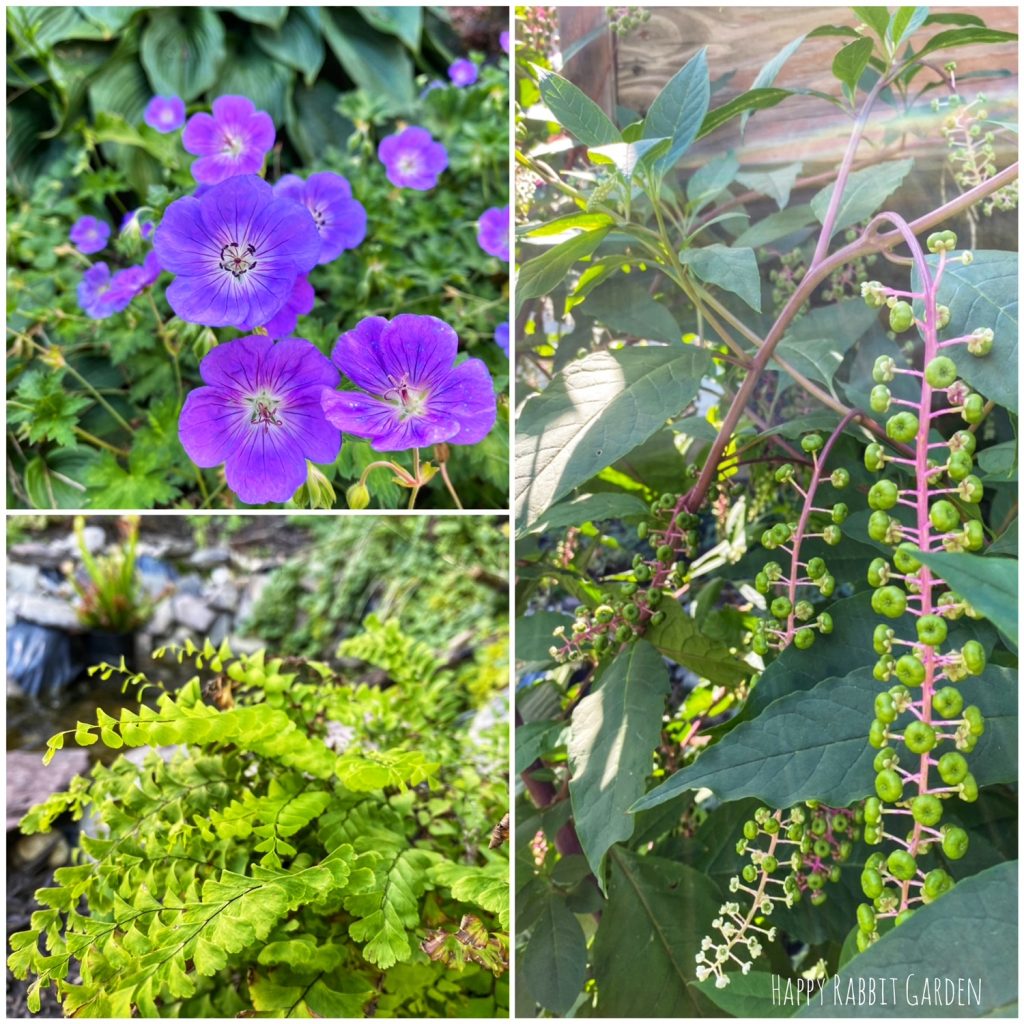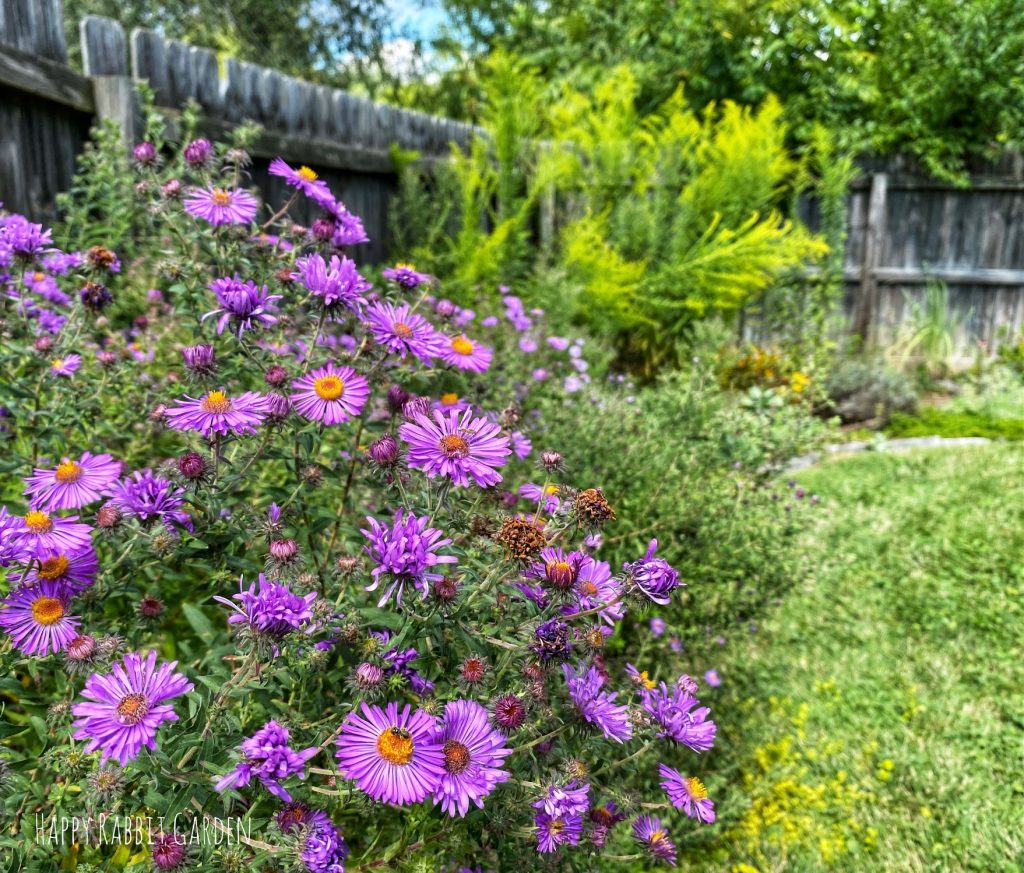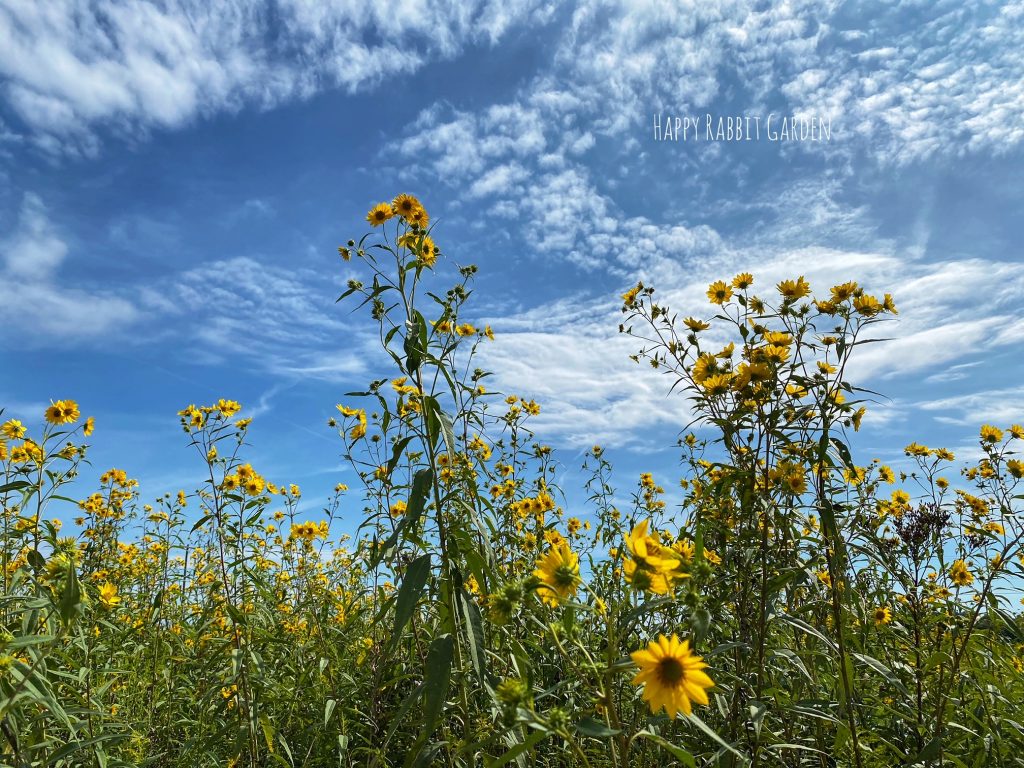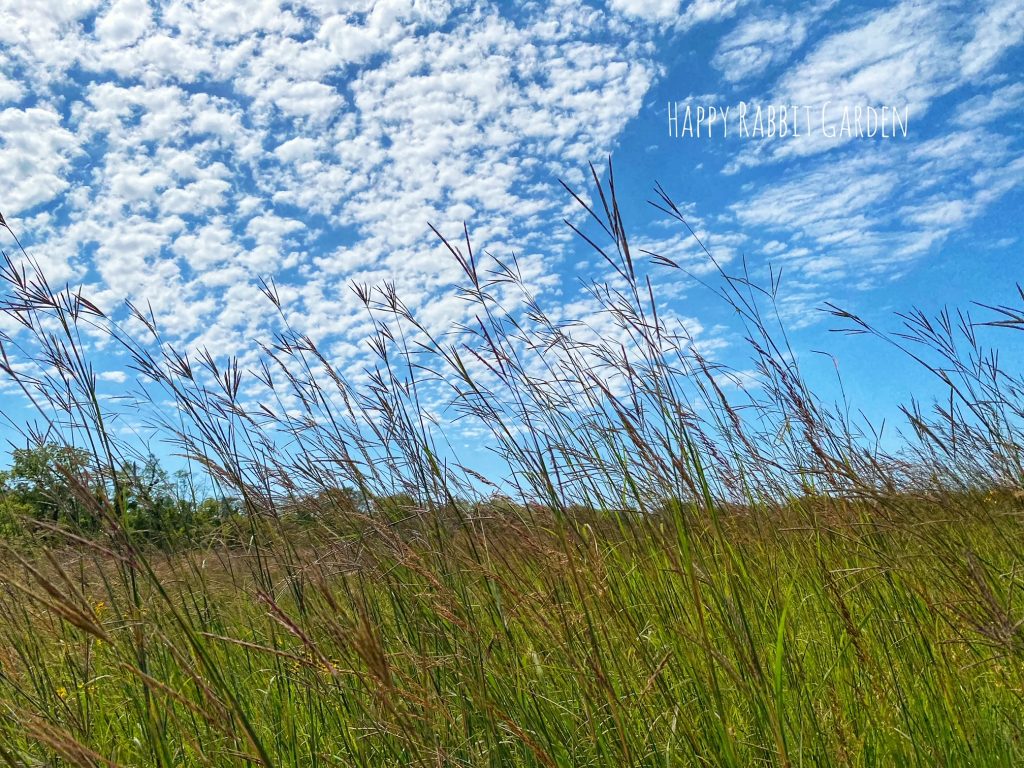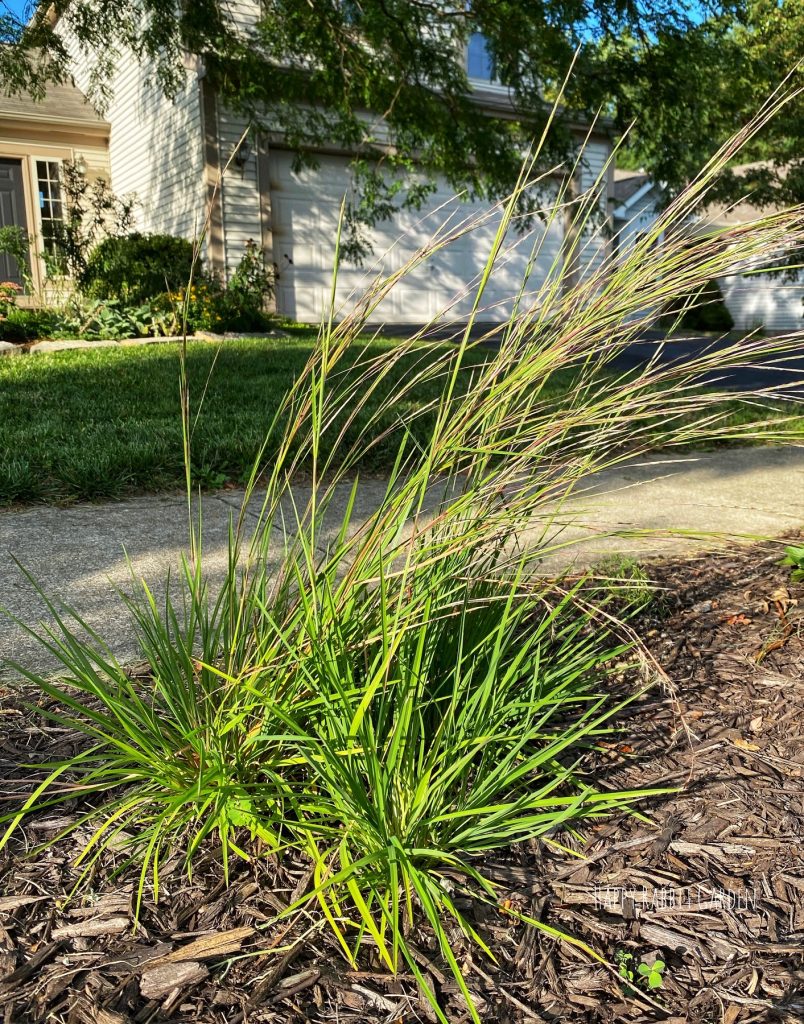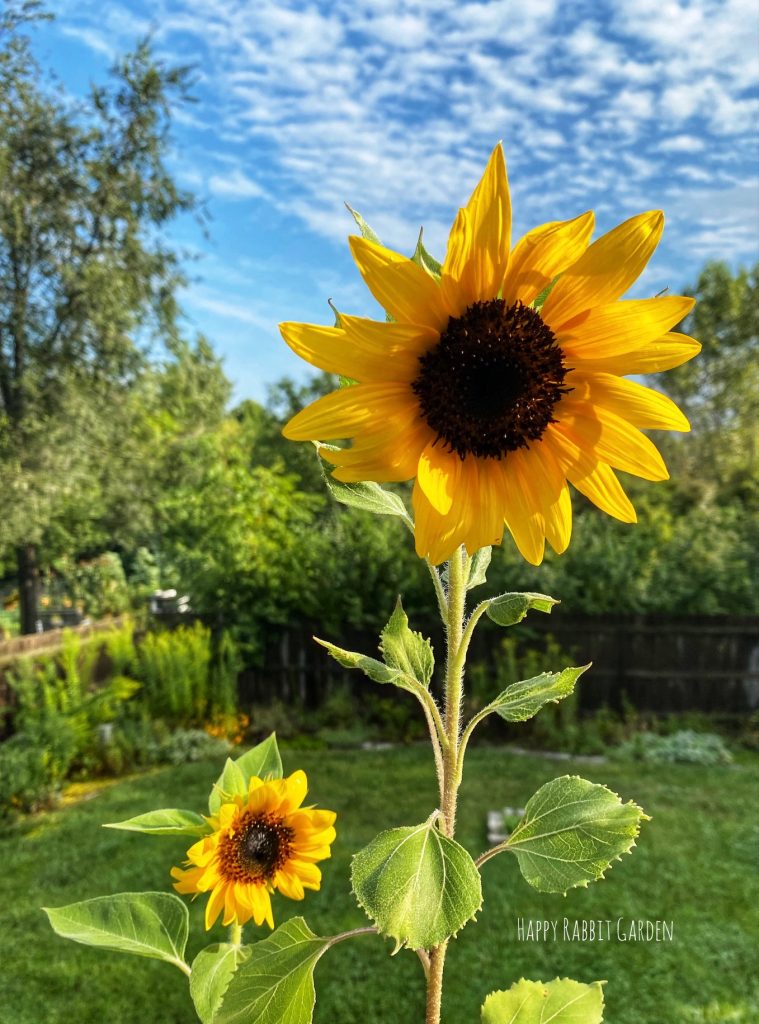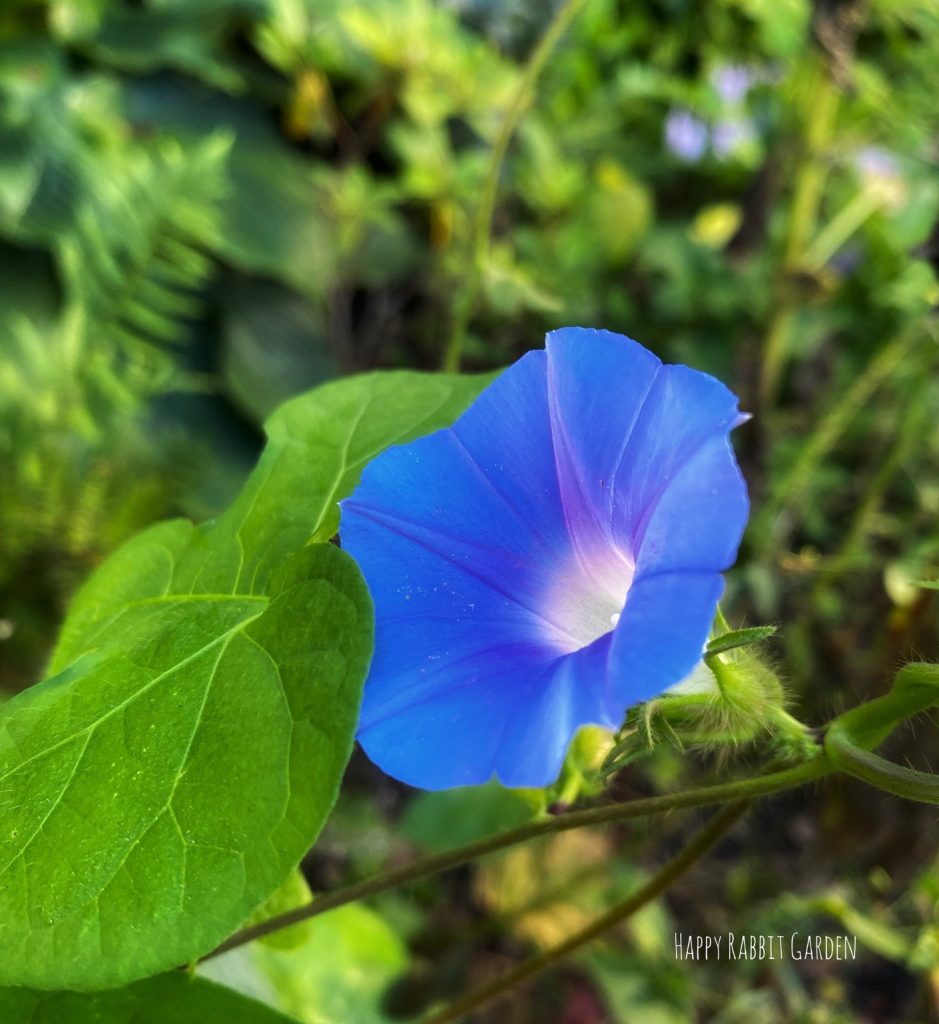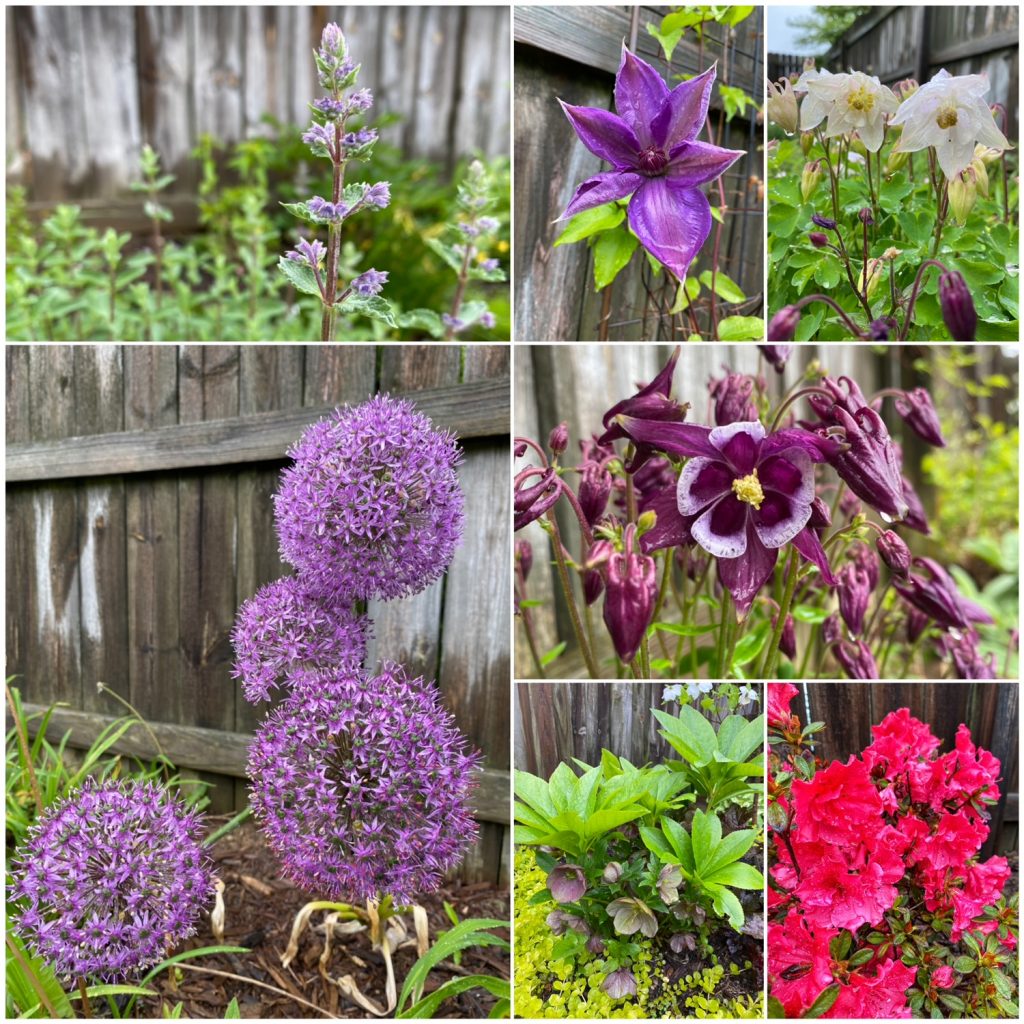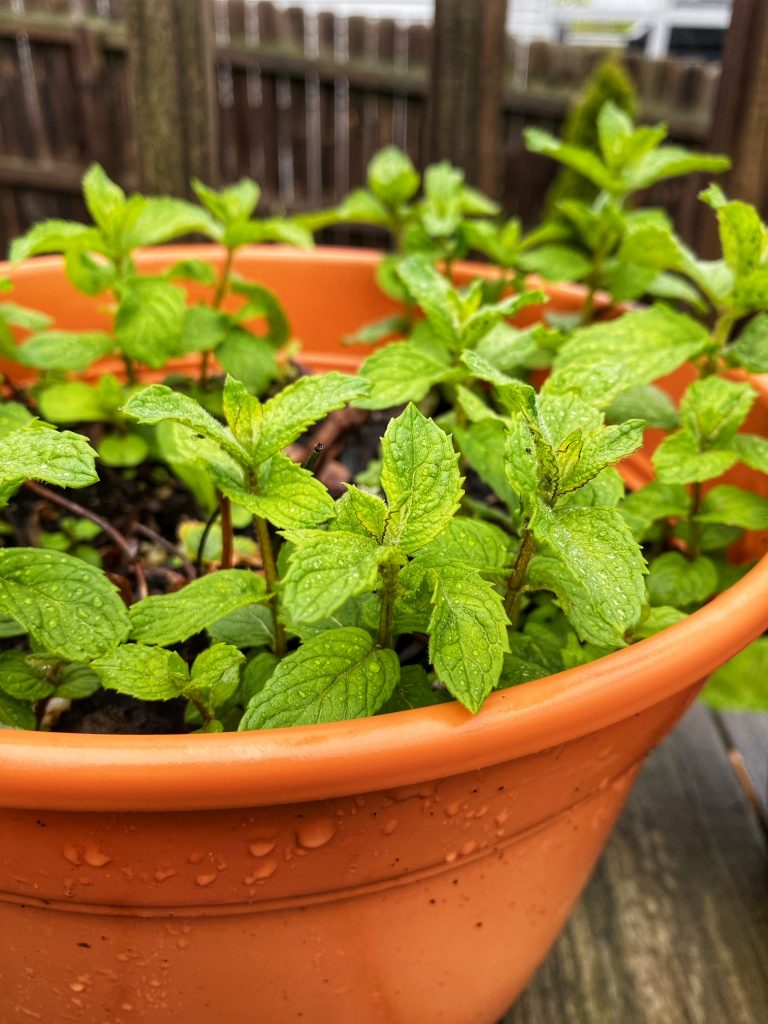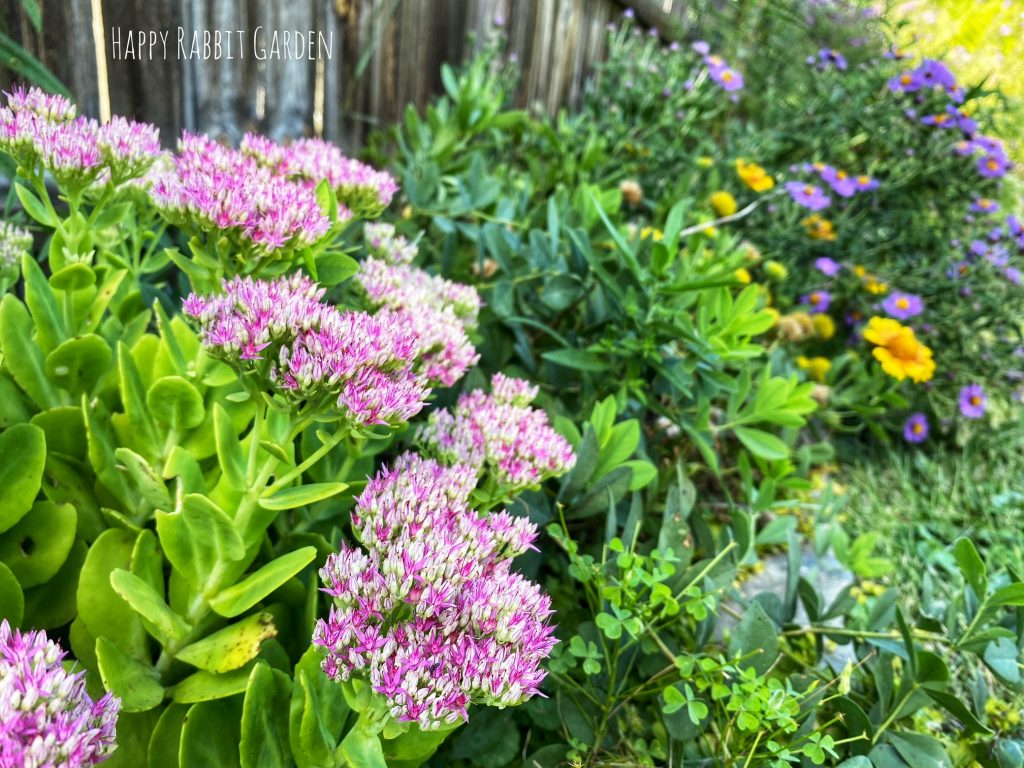
We’re about a week out now from the official start of fall, but summer is still doing its thing. It’s back into the 90s, with higher humidity, and it’s been a minute since we’ve seen any rain. I ought to be out watering in the mornings, but at this point in the season, my motivation is seriously waning. Most of the crops I planted have either been harvested already, or they are having their last hurrah.
I’ll haul quite a few of the deck pots back into the house once it does finally start frosting at night again, but some of the annuals, like the german chamomile and the zinnias, just had this one season, and I’ll compost the plants once the cold air wipes them out. A few things, like the basil, I let flower, and once they throw out seeds, I’ll harvest those, dry them, and save them to plant next springtime.

I’m trying to keep my Seed Starting Plant Spreadsheet up to date with notes about how everything did, and which varieties I’d like to try out next year. For the most part, I’m pleased with everything that I planted, but there were a few duds. The san marzano paste tomatoes have been growing like mad all season, and every day, dozens more seem to ripen for harvest. But the larger druzba tomatoes that I’d tried never really seemed happy. I did harvest a few, but most of the ripened tomatoes were split. We had an awfully hot summer, with temps about 10-15 degrees higher than they really like, and there was more rain than usual, with flooding rains happening often. Next year, I think I’ll try a different variety and see if they fare a little better.
Most of the native seeds I tried out using the winter sowing method (seeds planted in milk jugs and left outside all winter) did really well. The prairie blazing star, little blue stem, and swamp milkweed, especially took off and were able to join their brethren out in the flower beds. I plan to try this method out again for seeds that need a cold, stratification period. Mother Nature does all the work, and no grow lights or watering are required (unless it’s seriously dry where you live).
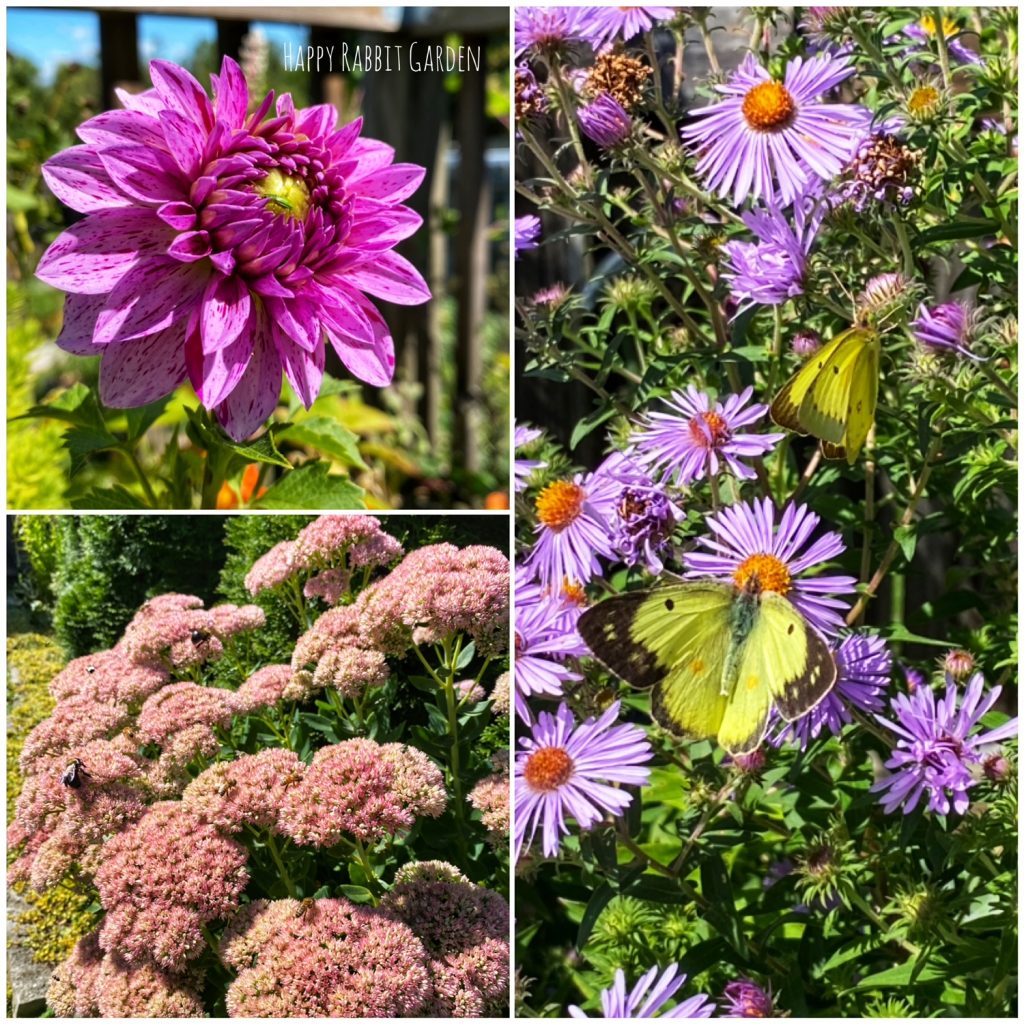
Another top performer were the herbs that I’d planted. For example, the borage, basil, thyme, and parsley, to paraphrase Tom Petty, “grew up tall, and they grew up right.” The parsley can withstand a bit of cold, so I’ll let that keep growing in the deck pots and the raised bed. The thyme should be a perennial in our area, so I’ll plant out what growing in pots now, so it can continue to grow. Some may end up in the kitchen for easy harvesting throughout the winter. I’m envisioning some delicious roasted chicken dishes on cool nights, starring fresh sprigs of thyme… mmmm…
In addition to the aforementioned plants, I’m really pleased with how well the flowers did that I’d started from seed, like the “Happy Days Marigolds,” and the “Berry Basket Zinnias.” They were easy to start growing, and took off quickly in the cold frame this spring. I plan to grow both again next year. The bees, butterflies, and hummingbirds have been enjoying the zinnias almost as much as I have, and any plant that gets that much attention from pollinators is a winner in my book.

The rest of the garden seems to be doing pretty well still. Our aster and goldenrod are really the stars right now, flower-wise. I’m seeing lots of different moth, butterfly, and bee species on each daily. Next year, I’m thinking about widening the plant border a bit that wraps around the entire back yard. This way, I’ll be able to fit a few more plants in between the tall asters and goldenrods and the grass. I feel like some more perennials, like black-eyed susans, coneflowers, little blue stem, anise hyssop, and sedum would do well. I have all of these in the garden already, and the pollinators love these species. Also, they each provide some interest all year long, so even in the winter, they will offer something nice to look at, in addition to providing more food for the birds to enjoy.
Another expansion project that would actually be wise to start here shortly is the pollinator bed that I’d planned to add in this year on the side of the house. I have a wildflower seed mix that I want to plant, and prepping the bed now so I can drop those seeds this fall would be very well timed. With so much grass to remove, a nice way to tackle this space will be by covering the grass with some cardboard and dirt, through a method called Lasagna Layering. The carboard and dirt block out the light, killing the grass. And by keeping the area wet, the organisms that grow in the compost will help break down the cardboard, leaving me with soil for the plants. Plus, by not actually doing any digging, I won’t be disrupting the organisms and critters that currently live in the soil. I’ll go into more detail about the benefits of “no dig” planting in another post, but as someone with arthritis, I know I feel gleeful any time I am encouraged not to dig a hole in the ground.
Anyway, that’s all I have for today. Hope that your garden is thriving, and you enjoy the end of the season of summer. Happy gardening!
